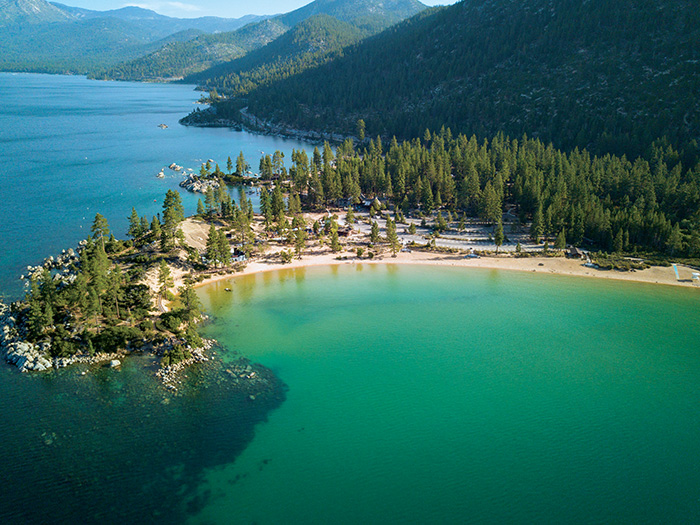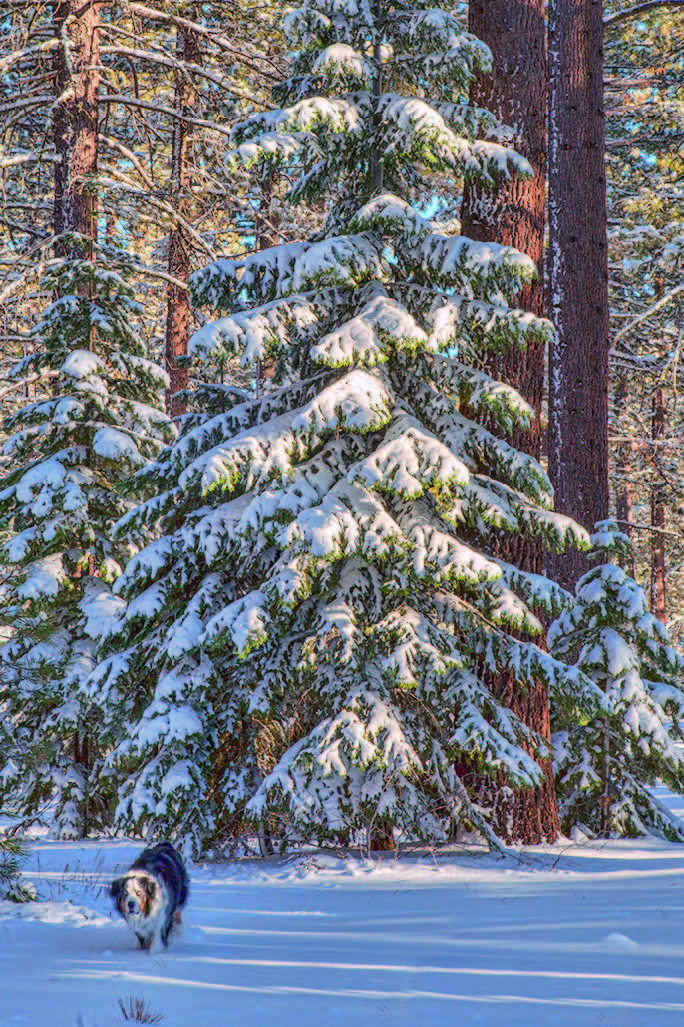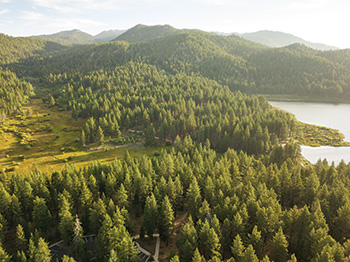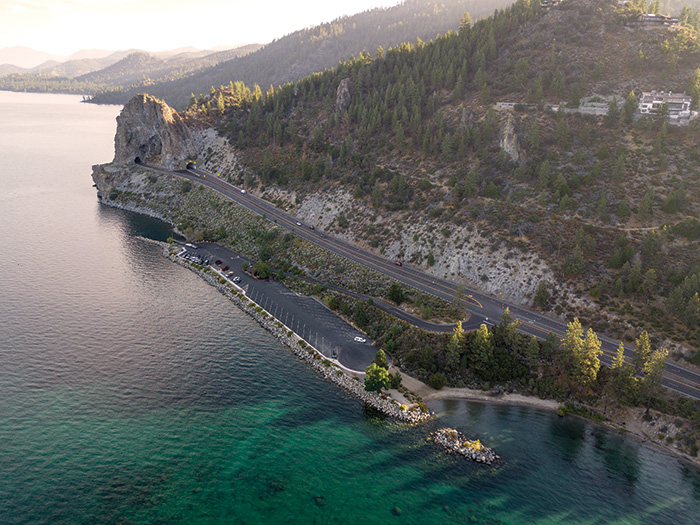Nevada State Parks, Part 6
November – December 2017
PART 6: SAVING THE WEST FOR LAST WITH WASHOE, DOUGLAS, AND CARSON COUNTIES.
BY MEGG MUELLER
One year and 26 state parks later, the journey through our state parks is complete. Not intentionally, but perhaps appropriately, we began with Clark County and we end with Washoe, Douglas, and Carson counties. From south to north, east to west, the exploration of our historical and recreational parks has, I hope, been interesting and enticing. I know I learned more about our state parks than I could have imagined, and despite being thwarted by one park (I’m looking at you, Beaver Dam), I would happily do this adventure every year.

Our parks ebb and flow with the seasons and the water they receive, and it means they grow and change so one visit is never enough. Plus, we have new parks coming online soon thanks to Governor Sandoval’s Explore Your Nevada initiative. Tule Springs State Park and Walker River State Recreation Area are both in the works, getting ready to welcome visitors in the near future.
Whether you visit to fill out your parks passport and get free entry for a year or you’re attending one of the many events held at the parks, there is no better reason to explore than the fact that they are there, just waiting for you and your wildest dreams.
LAKE TAHOE NEVADA STATE PARK
You didn’t really think one park would cover the majesty of Nevada’s portion of Lake Tahoe, did you? The four designated areas—Sand Harbor, Van Sickle, Cave Rock, and the Spooner Lake Backcountry—that make up Lake Tahoe Nevada State Park cover much of the state’s one-third of the lake, giving visitors ample access on the right side of the lake.
Starting at the north end, Sand Harbor State Park is Reno’s closest access point to the crystal-blue waters. The day-use park was established in 1958 and is extremely popular thanks to its wide beach, ample parking, numerous restrooms, and accessible walkways. Summer days often see the parking lot fill to capacity, but a shuttle from Incline Village can still get you there.
Stand-up paddleboards and kayaks can be rented during the summer, and in the winter the park is still a great choice for visiting the lake. Short hikes and plenty of space to roam the beach without the crowds are draws, as are the horse-drawn sleigh rides that happen when the snow is plentiful. The visitor center is open all year.
 Heading south around the lake, the next park is Spooner Lake and its massive backcountry. More than 12,000 acres of open forest once provided The Comstock with the lumber needed to build the mines, and the flume and pipeline system delivered about 10 million gallons of water a day at its peak.
Heading south around the lake, the next park is Spooner Lake and its massive backcountry. More than 12,000 acres of open forest once provided The Comstock with the lumber needed to build the mines, and the flume and pipeline system delivered about 10 million gallons of water a day at its peak.
Established as a park in 1969, Spooner is a hiking, mountain biking, and equestrian paradise with more than 50 miles of trails, some of which connect to the Tahoe Rim Trail. Three walk-in campgrounds are available, and there are two backcountry cabins that can be reserved. Fish can be found in Spooner Lake, Marlette Lake, and Hobart Reservoir; each area has its own restrictions on limits or catch-and-release policies so be sure to check before you throw your line.
 When the snow flies, the park becomes a popular cross-country skiing and snowshoeing destination and offers many groomed ski trails. Further south is Cave Rock, which became part of the park system in 1967. A popular boat launch with 40 trailer parking spots, a rocky shoreline offers great fishing vantage points, a small beach area for swimming and launching kayaks and rafts, and three picnic areas in the park with tables and barbecue pits are available year-round. A short, 15-minute hike up to the peak of Cave Rock can be accessed by a trailhead on Cave Rock Drive.
When the snow flies, the park becomes a popular cross-country skiing and snowshoeing destination and offers many groomed ski trails. Further south is Cave Rock, which became part of the park system in 1967. A popular boat launch with 40 trailer parking spots, a rocky shoreline offers great fishing vantage points, a small beach area for swimming and launching kayaks and rafts, and three picnic areas in the park with tables and barbecue pits are available year-round. A short, 15-minute hike up to the peak of Cave Rock can be accessed by a trailhead on Cave Rock Drive.
The last Nevada state park in the Lake Tahoe quartet is Van Sickle. A bi-state park, Van Sickle is easily accessed from Stateline and its casinos. A short drive puts you in the middle of the forest, far removed from the lights and noise of the casino corridor. Equestrians, hikers, and mountain bikers can connect to the Tahoe Rim Trail, or just combine trails to fit their desired distance and even cross into that other state next door. Picnic areas and restrooms are available at the park.
WASHOE LAKE STATE PARK
Washoe Lake State Park wins my vote as 2017’s most transformed park. Set in a wetland area that sees water at least part of the year, Washoe has been known to dry up almost entirely. This year, however, the lake’s waters extended far west into the Washoe Valley and up to Interstate 580. Picnic tables and beaches were submerged well into summer.
The waters of the Washoe Valley drew inhabitants long before it became a state park in 1977. Where jet skis play today was once the winter home of the Washoe people, and later the loggers and traders who came to the area in support of the gold and silver mining taking place in the surrounding hills. Miners became ranchers and farmers when the ore dried up, and starting in 1872, the Virginia & Truckee Railroad ran continuously through the valley as it took passengers between Carson City and Reno until 1950.
 The area is a haven for waterfowl, even when the water isn’t plentiful. From bald eagles to pelicans, the many hiking trails make for easy, wonderful bird watching all throughout the park. With that many birds, you better believe there’s fish to be had. Anglers can catch catfish and Sacramento perch, among other species, and there are three boat launches for those ready to try their luck off the shoreline.
The area is a haven for waterfowl, even when the water isn’t plentiful. From bald eagles to pelicans, the many hiking trails make for easy, wonderful bird watching all throughout the park. With that many birds, you better believe there’s fish to be had. Anglers can catch catfish and Sacramento perch, among other species, and there are three boat launches for those ready to try their luck off the shoreline.
Campers can choose from 49 dry sites, some with shade structures and some large enough for 45-foot RVs. There are five day-use areas where beachgoers can throw down a towel, and there are even two equestrian facilities—one day use, one for camping.
WASHOE LAKE STATE PARK
4855 Eastlake Blvd. Carson City, NV 89704
parks.nv.gov, 775-687-4319
MORMON STATION STATE HISTORIC PARK
Nevada’s first permanent non-native settlement—Mormon Station—was built in 1851 as a trading post in the area that would become Genoa to capitalize on the settlers heading across the Sierra Nevada Mountains on the long and treacherous Carson Route. The original post burned in 1910, but a reconstructed version built in 1947 is a museum with pioneer-era artifacts. Today the museum is the centerpiece of the park, which was established in 1957. A monument to John A. “Snowshoe” Thompson was placed in the park in 2001 as a memorial to the intrepid pioneer who delivered mail from Genoa to Placerville, California, using homemade long skis and braving snow up to 50-feet deep with a massive mailbag on his back.
Nestled in the picturesque Carson Valley and town of Genoa, the park is a lush gathering place for weddings, parties, barbecues, and simple day picnics. A large group pavilion can be reserved for up to 300 people, and there are also eight day-use picnic tables and grills. Along with the museum, there is a stockade and wagon shed available for view, and paved walkways that make visiting the park easy for all.
We were lucky to spend the year visiting our state parks, and while that may not be something for everyone, there surely is a park that piqued your interest and made it to the list of must-visit locations. How are we so sure? Well after all, there’s something for everyone at Nevada State Parks. We hope you enjoyed the series.
Get it stamped!
Park Passport provides a free annual pass to all Nevada’s parks.
The Nevada State Parks Passport Program aims to encourage Nevada residents and visitors to experience the diverse natural, cultural and recreational resources that span Nevada’s state parks. The booklet—which can be picked up at any state park— serves as a travel aid as well as a travelogue for park visitors and includes photos, a description of each park, lists of amenities, travel journal pages, and spaces for validation stamps that have been designed to reflect each park. Once passport holders have their booklets stamped at 15 different parks, they will earn one free annual pass to all Nevada State Parks. Call 775-684- 2770 for more information or to have a passport mailed to you.



